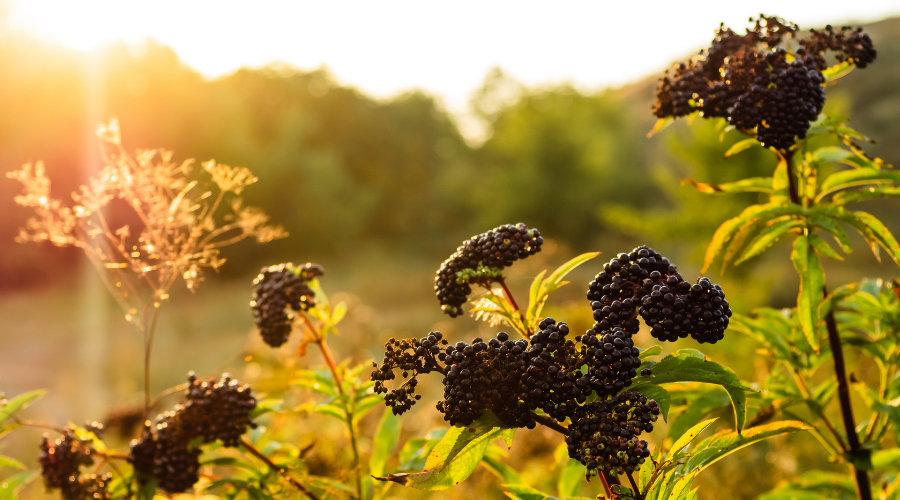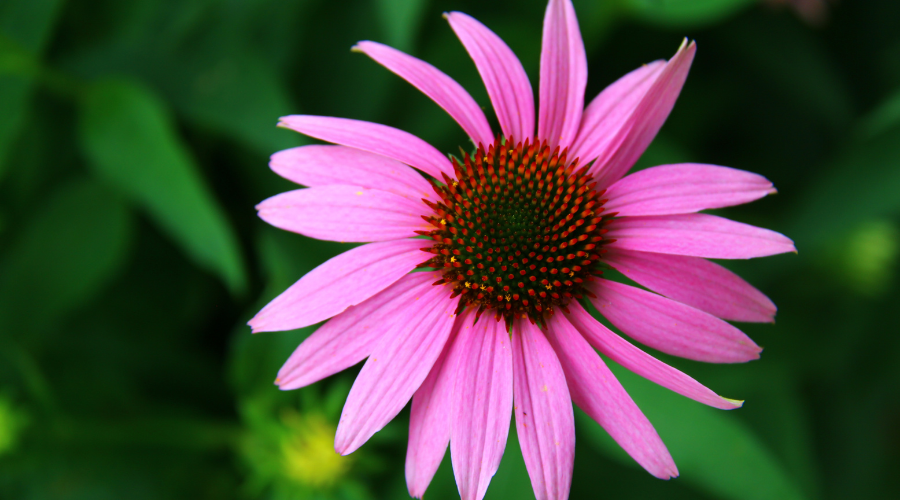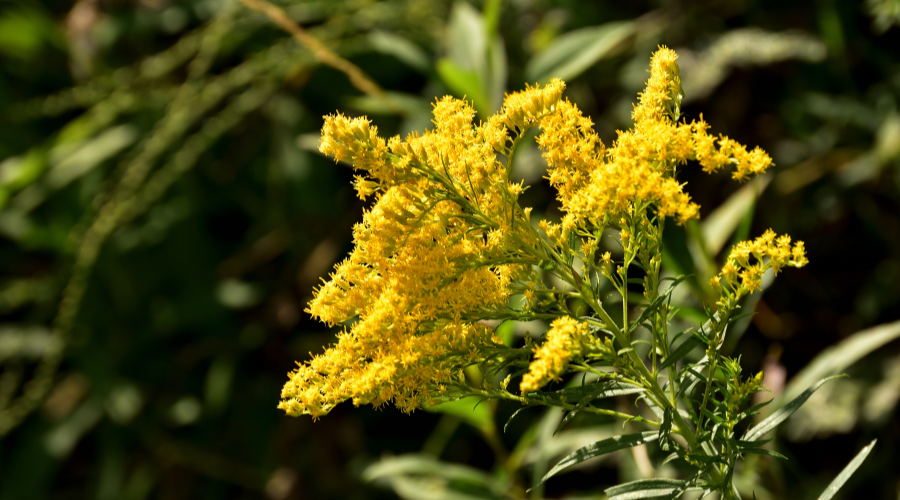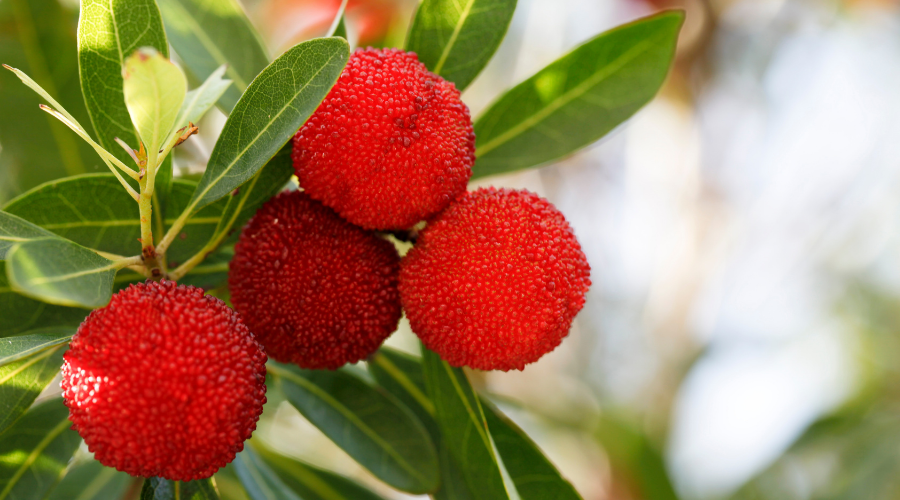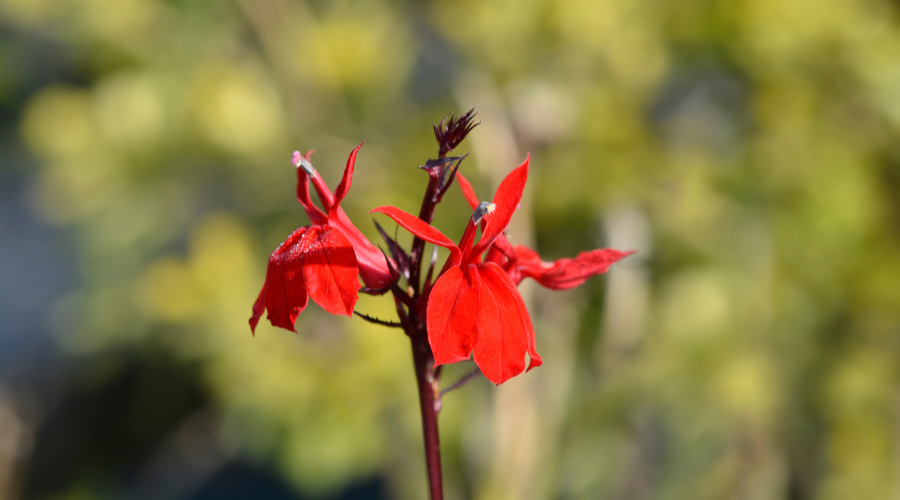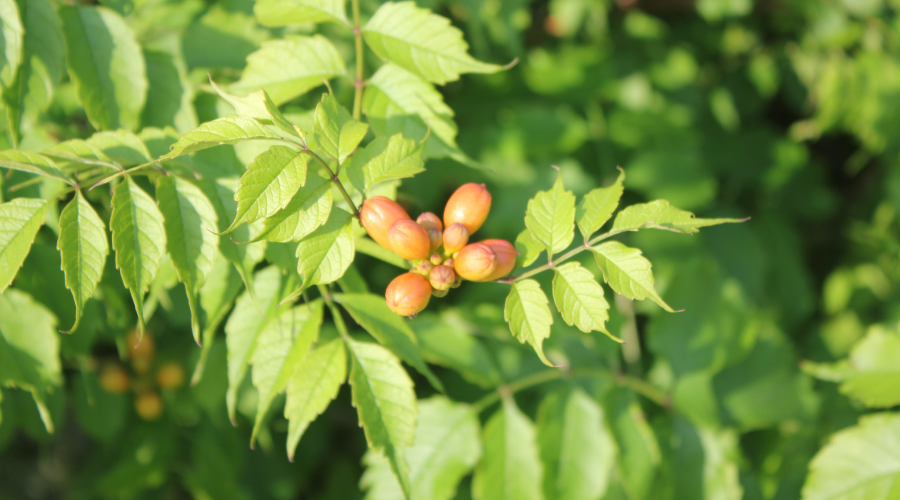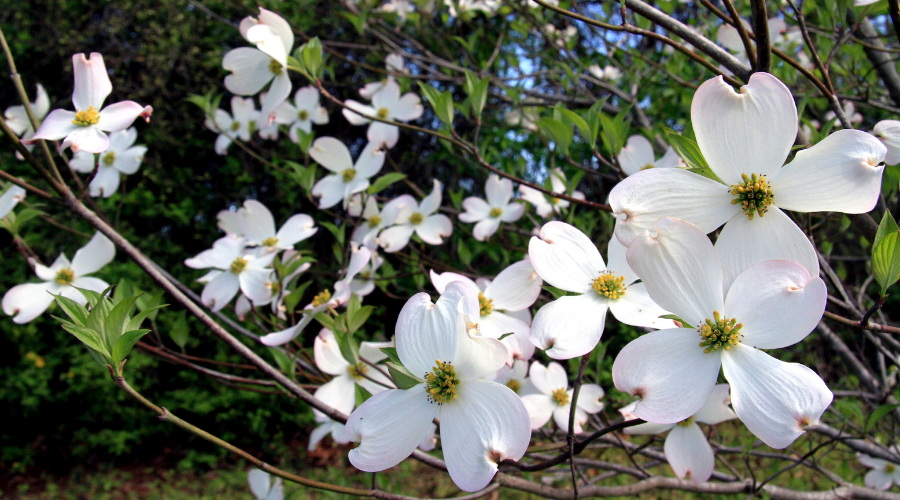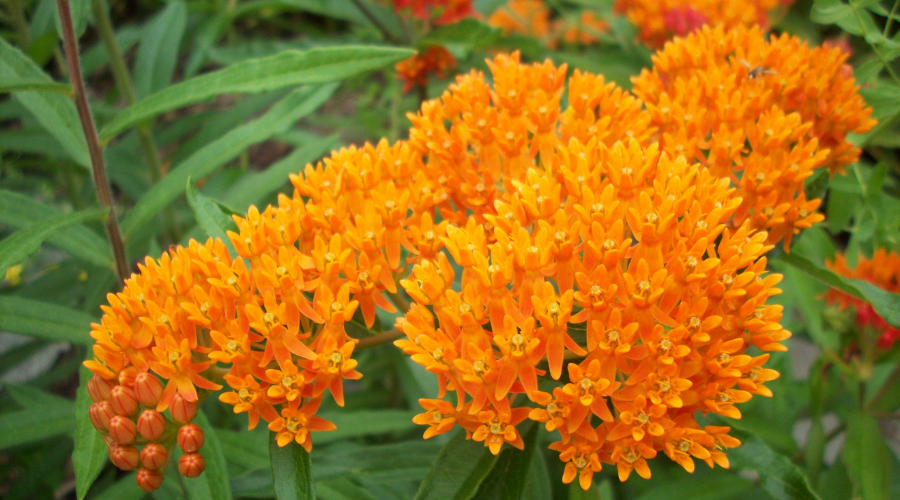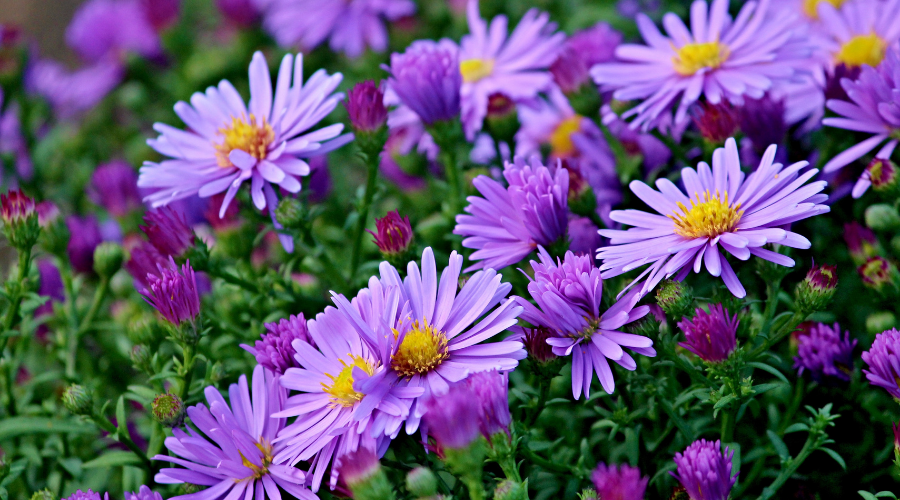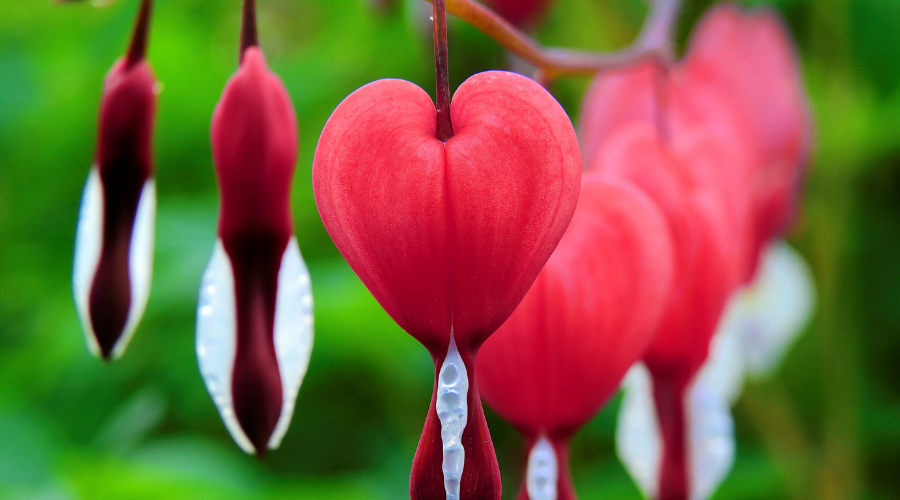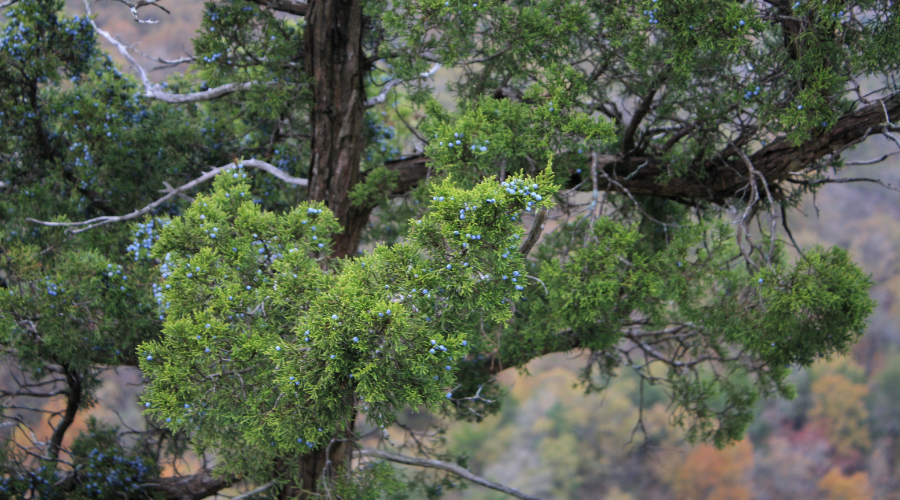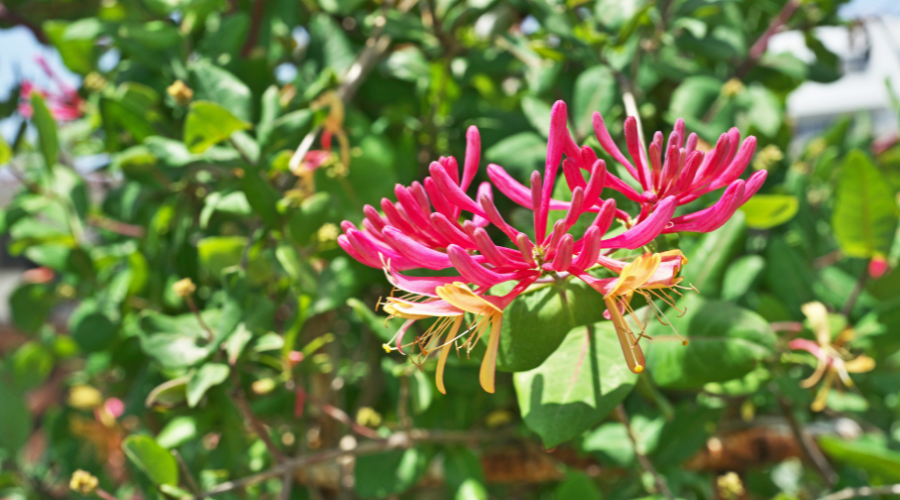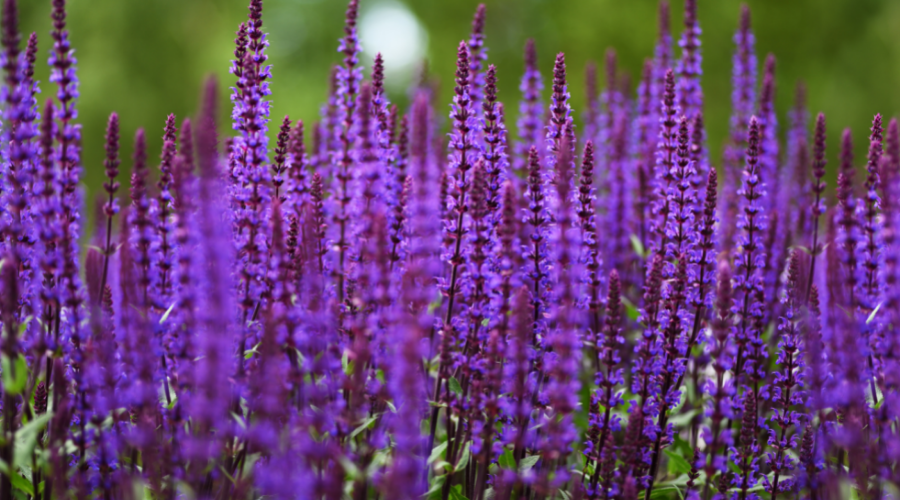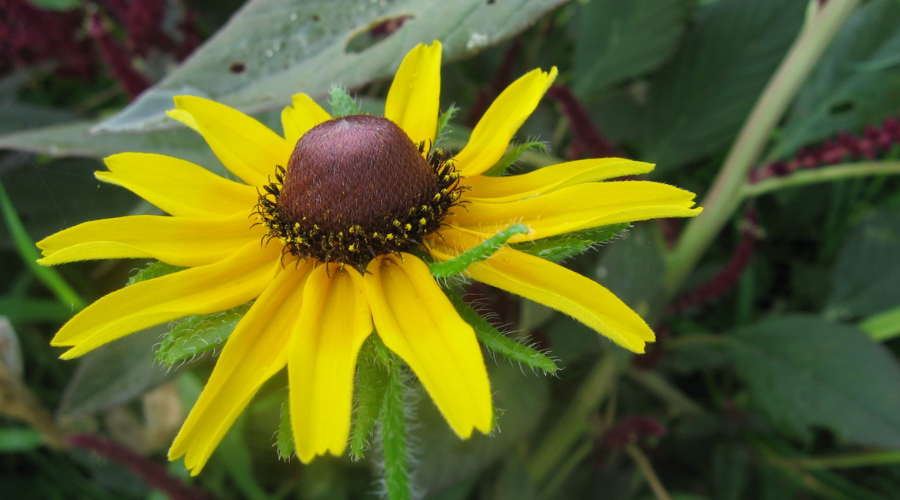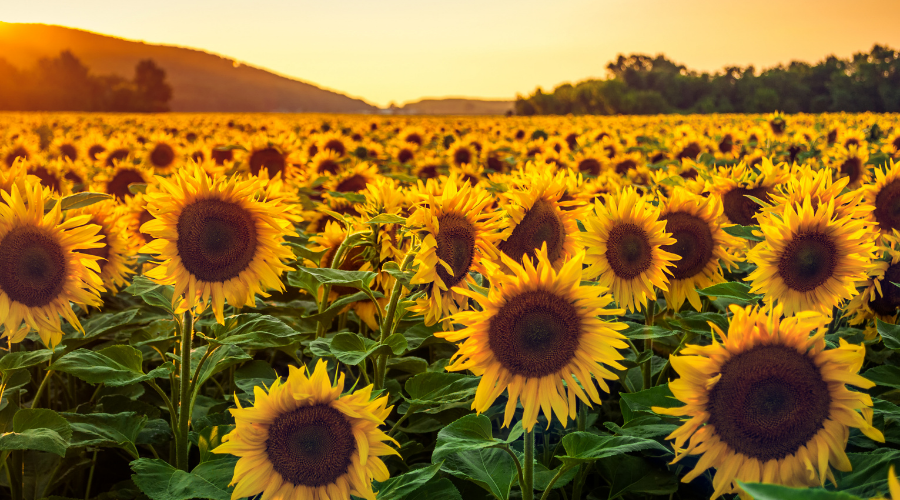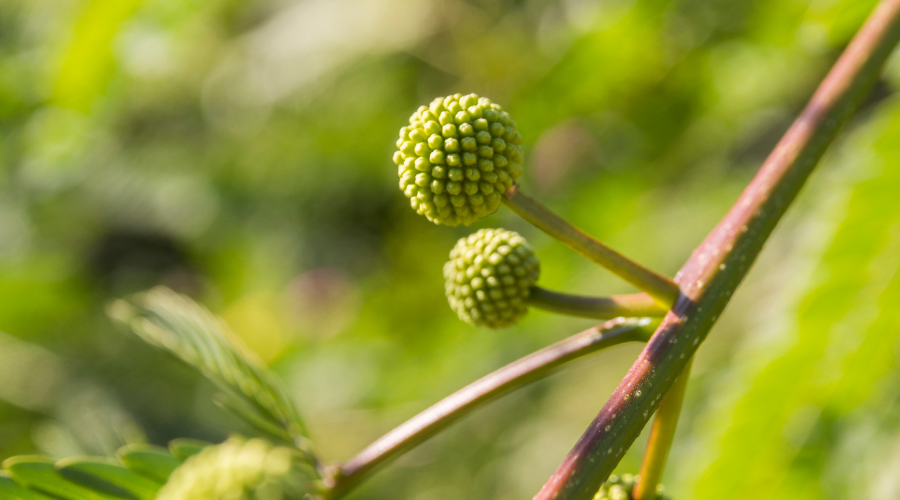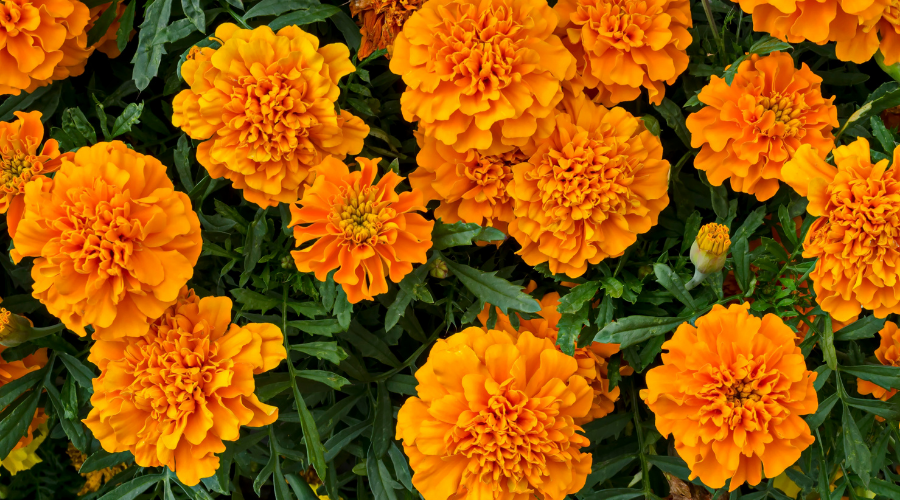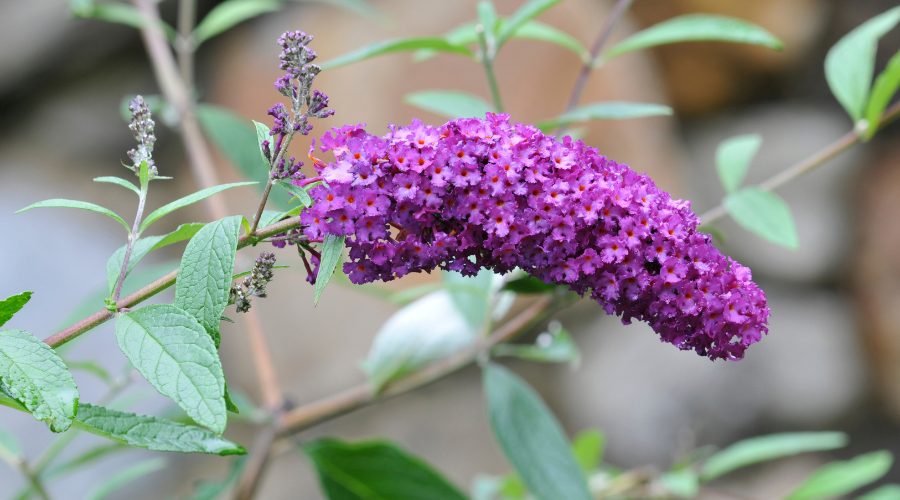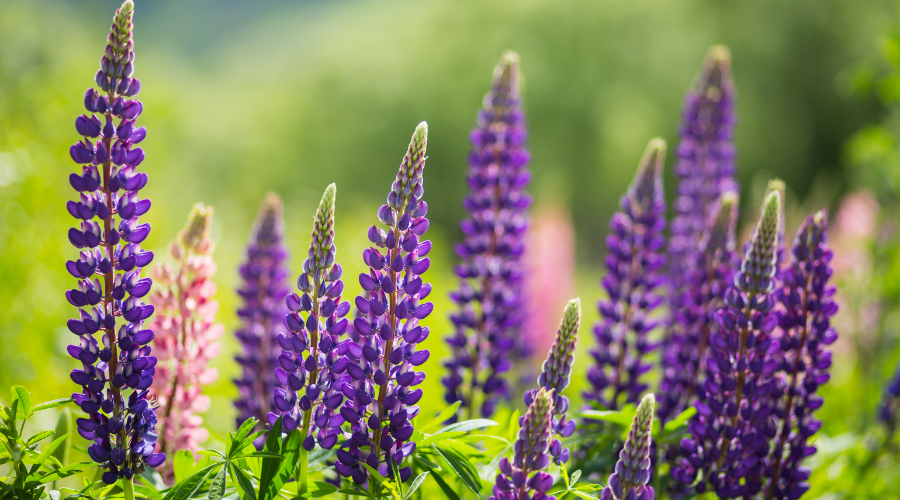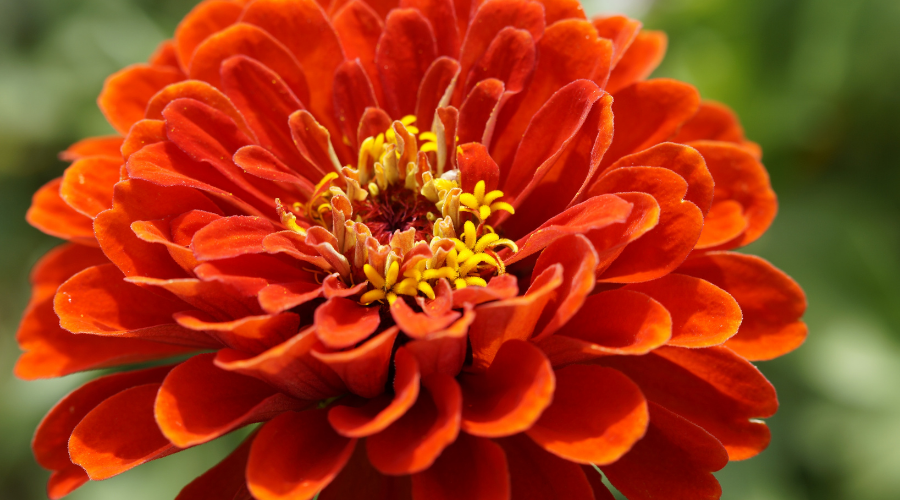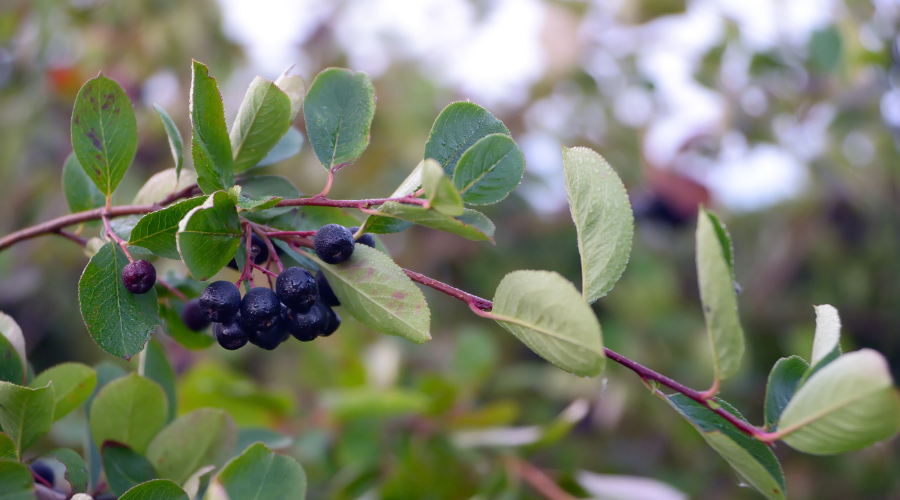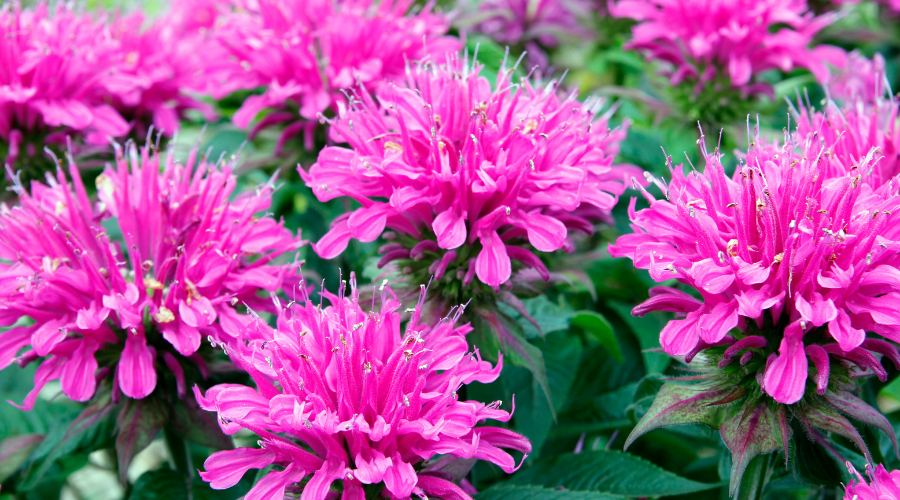The first sign of spring is always the bird songs early in the morning before the sun’s even risen. The peaceful warmth of those songs, even while snow-laden lawns soften the world brings a certain joy and excitement to my heart each year.
But this year, I’ve been thinking about the best ways to draw birds to my patio garden and keep them present and happy all year long. For that, I know I need some amazing bird feeders, of course, and the right birdseed, but I also know having the right plants around will keep them swooping in for an afternoon snack or early morning meal.
The following plants should help my little birdwatching family enjoy more birds than ever this year – and hopefully will yours, as well.
Elderberry
Image credits: Anastasiia Stiahailo via Canva
Elderberry isn’t just good for those nutritional gummies that have been all the rage for a while (or the wine/syrup that’s been used medically for centuries!). These dark berries also make beautiful dyes and gorgeous eye-catching views in the yard.
They also happen to be a favorite treat for birds of many sorts, including brown thrashers and red-eyed vireo.
Purple Coneflowers
Image credits: Mark Blado's Images via Canva
Another plant often used for medical purposes (echinacea, anyone?), purple coneflowers is a great bird attracter. Both birds and butterflies love to pollinate the plants and nosh on the seeds in fall, especially goldfinches.
Goldenrod
Image credits: TracieMichelle via Canva
Goldenrod has a bad rap as an allergen-laden plant, but that sweet nectar and yellow pollen is a great option for folks without that issue. Birds, like sparrows, finches, and juncos, love the little creepy crawlies that swarm the plants, making them a feeding ground for many species of birds. Plus, moths and butterflies love the plants and can be seen enjoying them all season long.
Bayberry
Image credits: kazoka30 via Canva
Bayberry plants are a great year-round cover plant that attracts chickadees, Carolina wrens, tree swallows, and red-bellied woodpeckers, among others, and adds some gorgeous color to the landscaping even during the winter.
Cardinal Flower
Image credits: Nahhan via Canva
This beautiful flower with vibrant red petals resembling the flowing robes worn by Roman Catholic cardinals gives the cardinal flower their name. The gorgeous, tubular flowers attract loads of insects and, in turn, loads of hummingbirds and other birds who love to nosh on the creepy crawlies all around. Butterflies and moths also love these beautiful blooms.
Virginia Creeper
Image credits: PepperPoppy via Canva
Sometimes known as woodvine, the Virginia Creeper plant looks a bit similar to poison ivy. Thankfully, though, they don’t irritate your skin. They also happen to have some tasty fruit that many birds love to dine on, including woodpeckers, blue jays, mockingbirds, and nuthatches. They’re particularly popular in the winter months when food is at a higher premium.
Dogwoods
Image credits: PeteMuller via Canva
Dogwood trees are the quintessential flowering springtime tree. They’re also extremely popular among bluebirds, titmice, and cardinals, thanks to their fleshy fruit and gorgeous insect-attracting blossoms.
Milkweed
Image credits: Trek13 via Canva
Monarch butterflies love milkweed plants, but loads of other insects love them, too, which means many birds (especially goldfinches) love these unique blooms. The fibers from the plants are especially attractive to certain species for building nests.
Aster
Image credits: manfredrichter from Pixabay via Canva
Meaning “star,” the aster plant is a favorite autumn bloom among many songbirds. The gorgeous blossoms in blue, pink, purple, and white certainly don’t hurt your garden’s good looks, either!
Bleeding Heart
Image credits: Bru-nO from Pixabay via Canva
Coming in both white and pink shades, bleeding heart plants prefer partial to full shade and are known for attracting a wide range of insects and nectar-sipping birds, like hummingbirds. They also draw in a lot of omnivore birds who love to nosh on the ants and other insects that hang out on the plants.
Eastern Red Cedar
Image credits: Freelance_Ghostwriting via Canva
For non-flowering plants, the eastern red cedar is a great choice for attracting many varieties of birds. The easily peeling bark is loved by birds for its nesting materials. Also, the berry-like cones on the female cedars provide food for birds in winter. Plus, they’re a good place for protected living for many bird species year-round, thanks to their evergreen status.
Trumpet Honeysuckle
Image credits: igaguri_1 via Canva
An extremely popular vine for gardening for birds is the trumpet honeysuckle. These plants are hugely popular with hummingbirds, hermit thrushes purple finches, and Baltimore orioles during migration.
Salvia
Image credits: ksushsh via Canva
Salvia, coming in mauve, blue, purple, and pink, is a full sun flowering plant that grows in clumps of tall stems of tiny blossoms. The plant is sometimes known as autumn sage. The tall spikes of blossoms attract loads of insects, thus attracting birds of many kinds.
Black-Eyed Susan
Image credits: CountryByDesign via Canva
This happy, vibrant plant, black-eyed Susan, has daisy-like yellow petals surrounding a dark brown center. The plant is great for full-sun gardens and attracts American goldfinches, house finches, chickadees, and similar birds.
Sunflowers
Image credits: Kaycco via Canva
Sunflowers are an obvious choice – after all, we fill our bird feeders with sunflower seeds! These gorgeous flowers attract so many types of birds that hang out locally and those in migration and provide them with much-needed food through the autumn. After the season’s over, you can put out the dried-out flower heads and feed birds through the winter, too.
Buttonbush
Image credits: workinc via Canva
Buttonbushes have vibrant flowers and offer plenty of fruit for the birds and butterflies. Basically, any pollinator will love the flowers, while ducks, geese, and other waterfowl will enjoy the seeds. They do especially well around garden ponds.
Marigold
Image credits: vili45 via Canva
Marigolds have a pungent odor that keeps away certain insects while attracting other, more appealing bugs that insectivorous birds will enjoy snacking on. They do attract crows and blackbirds, too, though, so you may need some shielding for the flowers if you have a lot of those locally.
Butterfly Bush
Image credits: aimintang via Canva
Clearly, the butterfly bush is a great choice for nectar-eating birds and insects. Hummingbirds and butterflies thrive on the clusters of flowers that repeatedly bloom all season. Additionally, the plant does well in drought areas and full sun, providing hummers and many other birds with food all season long, as well as shelter.
Lupine
Image credits: naruedom via Canva
Hybrid lupine varieties and species developed for domestic garden spaces are a great choice for inviting birds of many types into the garden. They provide a good food source for hummers and insects, which in turn invite other birds in. The flowers typically come in white, blue, pink, purple, and occasionally yellow.
Zinnia
Image credits: Efraimstochter from Pixabay via Canva
For long-stemmed blooms in an array of vivid colors, zinnias are the perfect choice for a backyard bird garden. Hummingbirds, chickadees, goldfinches, and many others love the bright blooms and the sweet nectar and seeds they provide.
Black Chokeberry
Image credits: Volga2012 via Canva
Black chokeberry is another fruiting shrub your feathery friends will love. The deep blue (almost black) berries attract songbirds like crazy all fall and winter. The plants do great in sun or partial shade and grow up to 6 feet tall.
Bee Balm
Image credits: BambiG via Canva
Bee balm is a gorgeous perennial plant that grows on tall spikes with spherical blooms in many shades ranging from red to purple and orange. Butterflies and hummingbirds particularly love the plants, but any pollinator is happy to come in for a nectar sip. The plants grow up to 4 feet tall, too, making them a great backdrop in many cases.
Grow Up Your Bird Garden
Whatever types of birds flap near you, these plants are sure to give them happy places to roost, dine, and take cover throughout the seasons. Ideally, I’d recommend including some that bloom in different seasons to help keep everything covered.
And don’t be shy about focusing on color form, either. You can plant around color themes with the same thing in mind – blooms and food sources in all seasons – while keeping to your favorite shades of red or purple.


